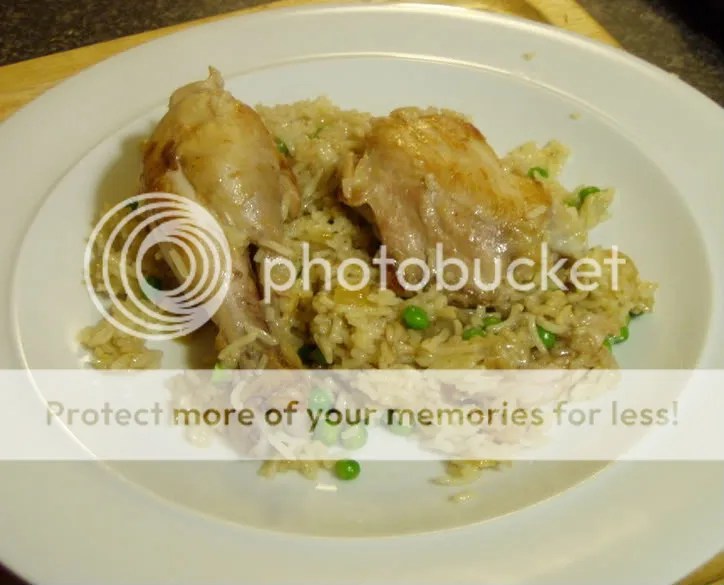
Sometimes called saddleback potatoes, this is kind of a cross between roast and baked potato. Something a little different for an ordinary midweek dinner. Plus it looks pretty.
Sorry about the rubbishness of the photo. You get the idea though.
Ingredients
Potatoes. However many you’d like. Big, small or medium. Medium-sized are the easiest to cut.
Olive oil
Salt
The Cooking
Heat the oven to about 210C/410F.
It’s up to you whether you peel the potatoes. I don’t, because the skin is where the goodness is, so says mums everywhere. Now cut the potato in slices, making sure you only slice about 3/4 of the way through. Handy hint: put the potato in a big spoon or ladle and the edges of the spoon will prevent the knife from slicing all the way through.
Pour over some oil and rub it all over the potatoes, trying to get some in the slices. The potato won’t fan very easily but don’t worry it will once cooked. Sprinkle over some salt. Put the potatoes into the oven and cook them for about 45 minutes. Halfway through give them a bit of a shake and a little more oil, which should now slip into the slices more easily.
That’s it! You could grate some cheese over it if you like, or sour cream, or whatever you like. I had mine with ham in parsley sauce. Very nice.























